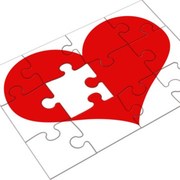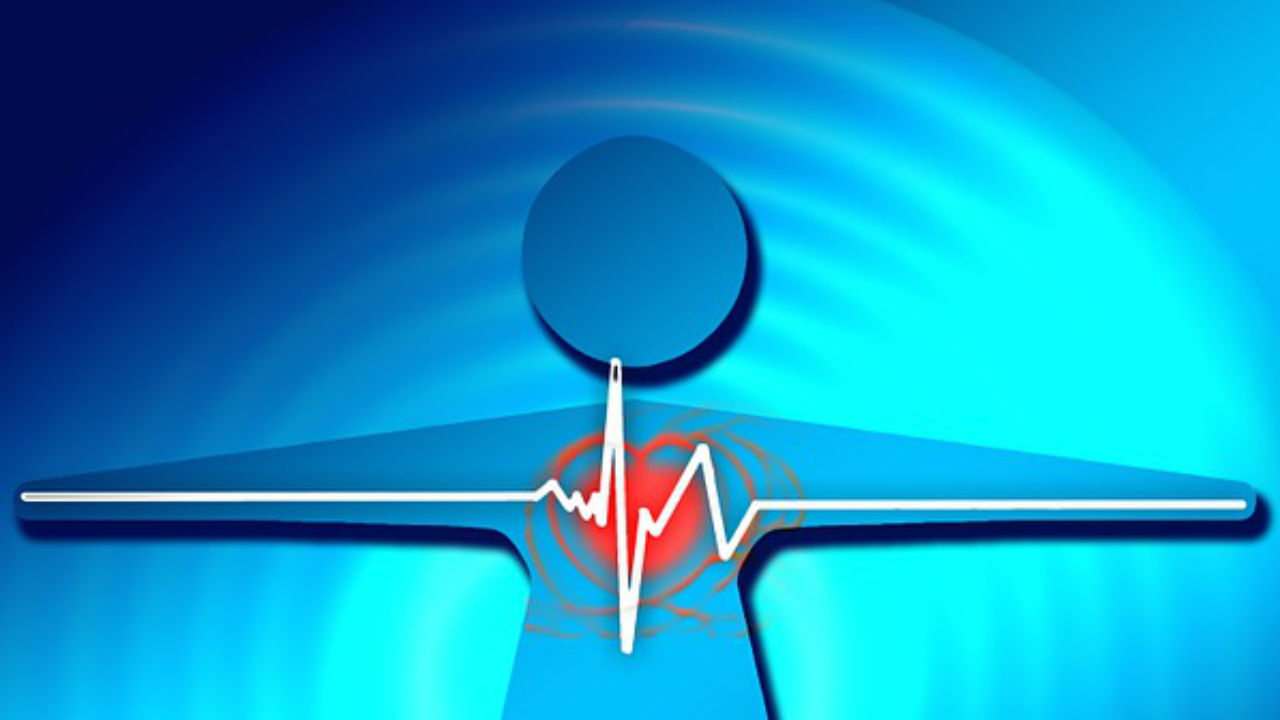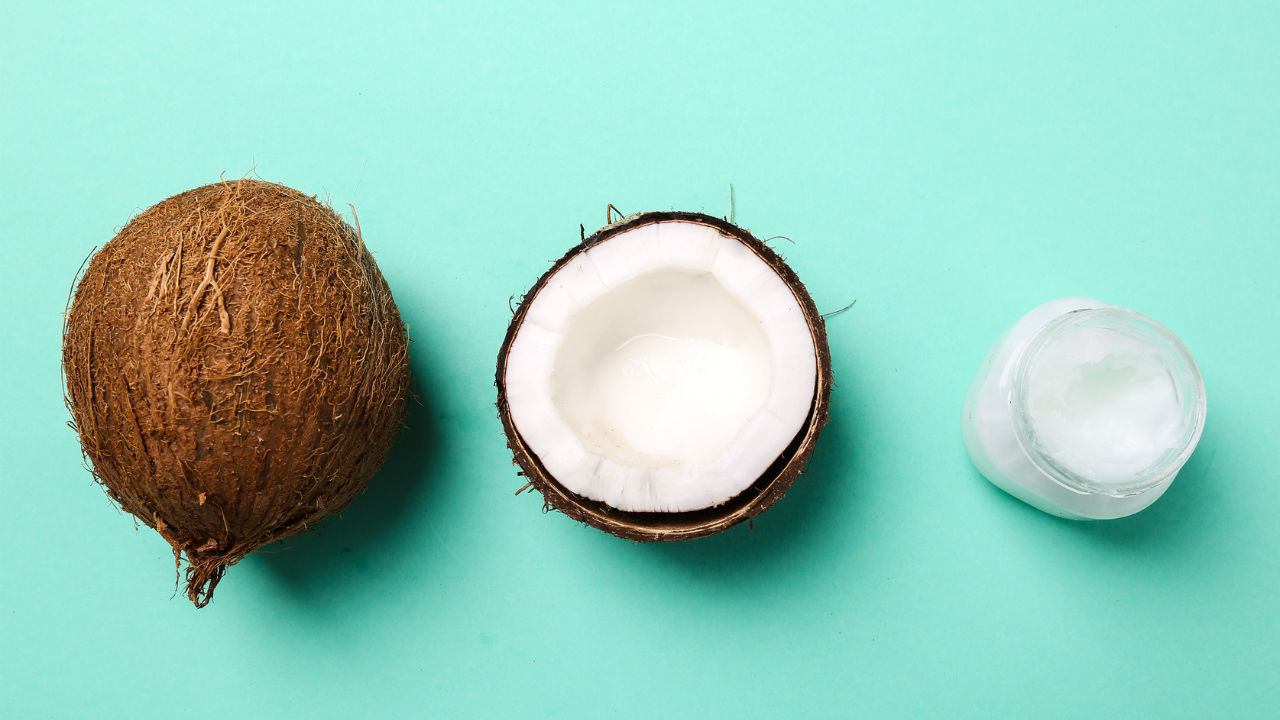 Hemera/Thinkstock
Hemera/Thinkstock
Atrial Septal Defect is a Heart Defect
Approximately 5 to 10 percent of babies born each year with a congenital heart defect have atrial septal defect (ASD), which affects the way blood flows through the heart. ASD affects girls twice as often as boys. (2)
A normal heart has two sides separated by a wall or septum. With ASD, there is a hole in this wall that allows oxygen-poor blood from the right side to mix with oxygen-rich blood from the left side.
Oxygen-rich blood gets pumped back to the lungs instead out to the body, and oxygen-poor blood gets pumped out to the body, with the heart and the lungs working twice as hard as they should be.
You can see a diagram of the difference between a normal heart and an atrial septal heart here.
Doctors and researchers don't know what causes these defects, nor are they able to provide definitive recommendations for what pregnant or trying-to-get-pregnant moms can do to prevent the risk of having a child with a congenital heart defect,. However, “[s]moking during pregnancy ... has been linked to several congenital heart defects, including septal defects.” (1)
Development of the Heart
The heart develops during the first eight weeks of gestation. Every baby is born with a hole between the upper heart chambers to allow blood to flow away from the lungs just before birth. Since the hole is no longer needed after birth, it eventually closes. (4) If this hole doesn’t completely close, it can pose a problem.
Symptoms and Treatment of ASD
Small openings do not usually produce any symptoms and treatment is not usually necessary.
A baby born with a large ASD, however, may present with symptoms (3) such as:
• Frequent respiratory or lung infections
• Difficulty breathing
• Tiring when feeding
• Shortness of breath during activity
• Skipped heartbeats or a sense of feeling the heartbeat
• A heart murmur (whooshing sound) heard through a stethoscope
• Swelling of legs, feet, or stomach area
• Stroke
Large defects can damage the blood vessels in the lungs over time due to the increased amount of blood being pumped through the lungs. (4)
A large ASD can only be closed with surgery. No medication will repair the defect. (3)
Children’s Hospital of Boston’s Research & Innovation page has more information about the treatment for this defect.
Sources:
1) What Are Holes in the Heart? National Heart Lung and Blood Institute. Web. Oct 10, 2012.
http://www.nhlbi.nih.gov/health/health-topics/topics/holes
2) Atrial Septal defect (ASD). Children’s Hospital Boston. Web. Oct 10, 2012.
http://childrenshospital.org/az/Site477/mainpageS477P1.html
3) Congenital Heart Defects: Facts about Atrial Septal Defect. Centers for Disease Control and Prevention. Web. Oct 10, 2012.
http://www.cdc.gov/ncbddd/heartdefects/atrialseptaldefect.html
4) Atrial Septal Defect (ASD). American Heart Association. Web. Oct 10, 2012.
http://www.heart.org/HEARTORG/Conditions/CongenitalHeartDefects/AboutCongenitalHeartDefects/Atrial-Septal-Defect-ASD_UCM_307021_Article.jsp#.T2eSNvXLvxE
Reviewed October 10, 2012
by Michele Blacksberg RN
Edited by Jody Smith






Add a Comment2 Comments
ASD can be corrected surgically and survivors can even lead a fit and healthy life afterwards, like John Stamler, who ran the NY City Marathon only 6 months after hsi surgery! You can find his profile on this website. http://www.asdsurvivors.org/profile/JohnStamler
Feel free to join the ASDSurvivors.org patient support community if you are one of them.
October 14, 2012 - 8:24amThis Comment
Thank you for posting that link. What a great story!
October 18, 2012 - 1:09pmThis Comment